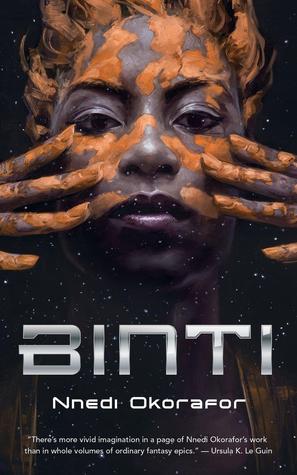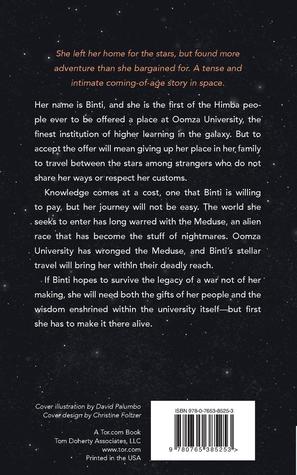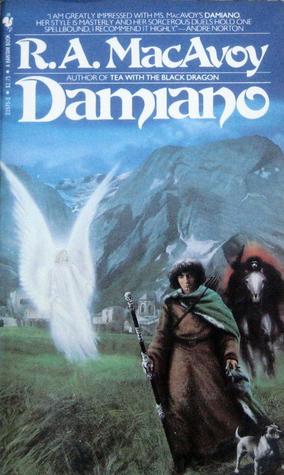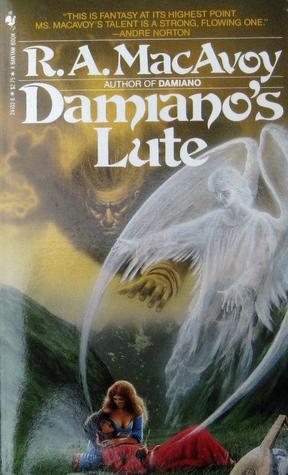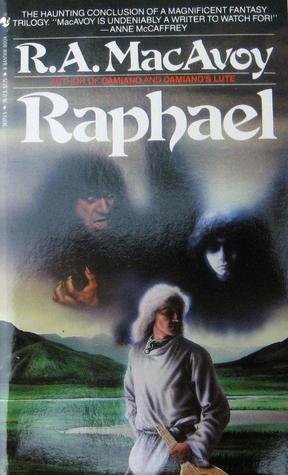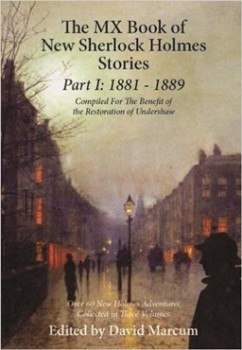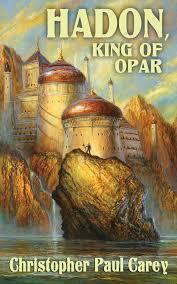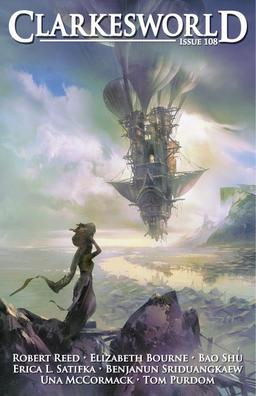Heroic Fantasy Quarterly Q25 Now Available
Heroic Fantasy Quarterly, one of the most reliable sources of new adventure fantasy, arrives right in time with their 25th quarterly issue. This one contains short stories by Michael Liguori, Linda Donahue, and N.G. Lancaster, plus a special surprise from editor Adrian Simmons.
“Beast Hunter’s Song,” by Michael Liguori
In a land where terrible creatures once terrorized the landscape an aging hunter gets one more chance to face a one of a kind beast.“White Elephants,” by Linda Donahue
Escorting the Indian bride of the Shah of Persia is a task fraught with danger. Bandits! A disagreeable elephant! But when a passing Roc decides the elephant would make a fine meal, Darius, chosen treasure guard, has to take some big risks to get it all back.“Engines Rarely Seen,” by N.G. Lancaster
In the breath before the armies move out again, a vendetta brings a group of vagabond mercenaries into the docks outside of town.“Ram Daskanyarda,” by Adrian Simmons About a year ago, HFQ editor Adrian Simmons got the idea of updating/re-booting/re-imagining the H.P. Lovecraft classic “Nyarlathotep” for our modern, troubled, age. Turns out, from a marketing standpoint, this was a poor investment of time. However! Although it isn’t quite S&S fiction, he considered posting the story here at HFQ, but thought better of it when he realized that he could have the re-animated corpse of H.P. himself take time off from dispensing advice on the internet to read it aloud!

